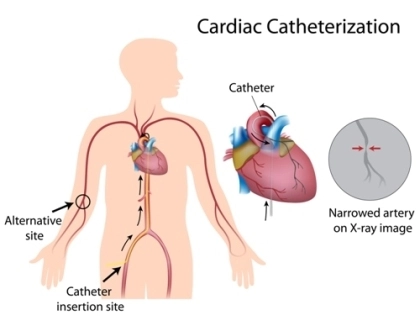Cardiology Coding Alert
ICD-10:
3 FAQs Help You Avoid Making Heart Failure Coding Mistakes
Published on Wed May 23, 2018

You’ve reached your limit of free articles. Already a subscriber? Log in.
Not a subscriber? Subscribe today to continue reading this article. Plus, you’ll get:
- Simple explanations of current healthcare regulations and payer programs
- Real-world reporting scenarios solved by our expert coders
- Industry news, such as MAC and RAC activities, the OIG Work Plan, and CERT reports
- Instant access to every article ever published in Revenue Cycle Insider
- 6 annual AAPC-approved CEUs
- The latest updates for CPT®, ICD-10-CM, HCPCS Level II, NCCI edits, modifiers, compliance, technology, practice management, and more
Related Articles
Other Articles in this issue of
Cardiology Coding Alert
- Echocardiography:
Confused by Reporting Requirements for TTEs? Read This
Don't forget: There are specific codes for congenital anomalies. Did you know that the acronyms [...] - ICD-10:
3 FAQs Help You Avoid Making Heart Failure Coding Mistakes
Hint: Make sure you know the meaning of acronyms HFrEF and HFpEF. More than 6 [...] - Modifiers:
Check Out Handy Modifier Tips to Keep Cardiology Claims in Tip-Top Shape
Remember: Take care not to mix up modifiers 58 and 78. Understanding CPT® modifiers is [...] - You Be the Coder:
Don't Mix Up Limited, Comprehensive EP Studies
Question: The cardiac electrophysiologist (EP) documented that in the hospital, he performed a comprehensive EP [...] - Reader Question:
Envision These Codes for Rhythm EKGs
Question: I am unsure about some of the ECG reporting rules. Could you please explain [...] - Reader Question:
Focus on Event Monitoring Codes For Coding Success
Question: The descriptor of 93268 mentions "attended monitoring." What does that mean exactly? Florida Subscriber [...]
View All




